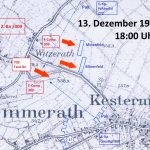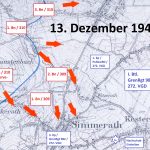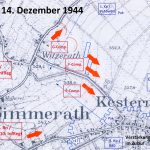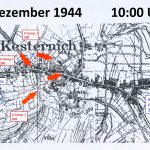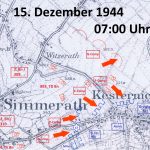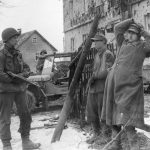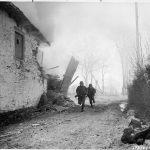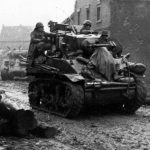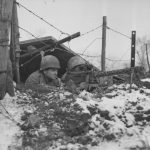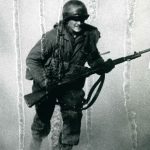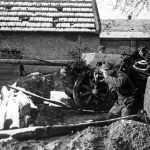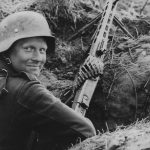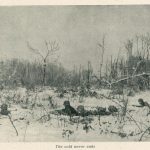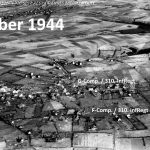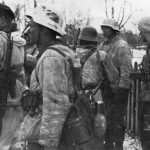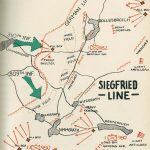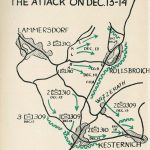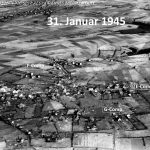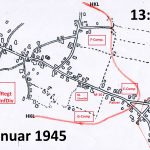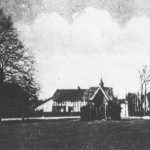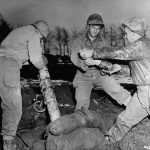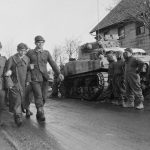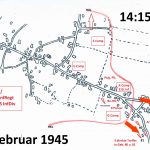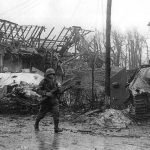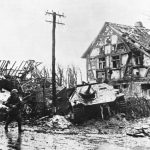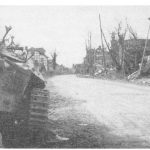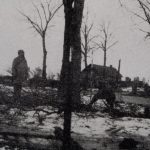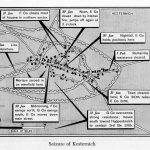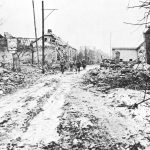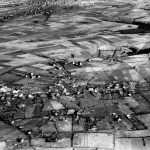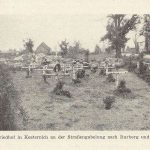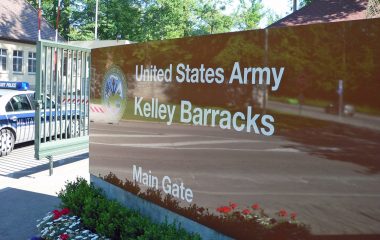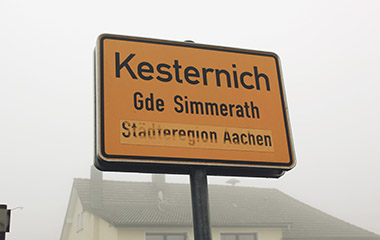- Home
- Biography
- Medal of Honor
- Honors
- Ed Kelley Memorial Plaza
- J. Edward Kelley Society
- Jonah E. Kelley Army Reserve Center
- Jonah E. Kelley Memorial Bridge
- Jonah Edward Kelley Day
- Kelley Barracks, US Army Base
- Kelley National Guard Armory
- Medal of Honor Book
- Medal of Honor Grove
- USAT Sgt. Jonah E. Kelley
- USNS Sgt. Jonah E. Kelley
- 78th Lightning Division Memorial
- Ed’s Journey to WWII
- Galleries
- Family
- Contact
Jonah Edward Kelley
Medal of Honor Recipient
The Battle for Kesternich
Kesternich
Located in western Germany on the border with Belgium, this city saw two battles during World War II during the Rhineland Campaign. The first battle was in December 1944 and the second was January 1945. S/Sgt. Jonah Edward Kelley fought in the later battle, The Second Battle for Kesternich.
After reading, be sure to check out the recent images [link] of Kesternich & where Kelley was killed [link] during the Second Battle for Kesternich.
The First Battle for Kesternich
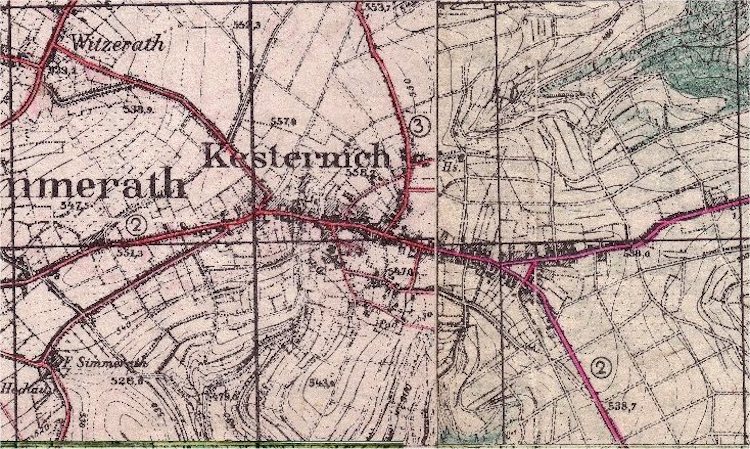
[13 to 16 December 1944]
The First Battle for Kesternich took place from 13 to 16 December 1944. This attack was part of a greater attack by the First Army’s V Corps in an effort to capture the Roer (Rur) River Dams that included the 78th Infantry Division as well as the 2nd Infantry Division to the south. The attack by the 78th Division interrupted Hitler’s plans for the northern (right) shoulder of the Battle of the Bulge. While it may be questionable that the Germans had enough strength to push the attack west of Simmerath and Kesternich, plans were disrupted as the American attack hit the German lines on 13 December. As a result, the northern pivot-point of the German offensive was pushed from Simmerath, Germany.
Late on 15 December, a counterattack by the 3rd Battalion, 309th Infantry was sent to retake Kesternich and reach any survivors of the 2nd Battalion, 310th Infantry. Isolated fighting by small groups of Americans continued throughout the night. None of the patrols sent out by the 310th Infantry to contact friendly elements to the west returned. When the 309th Infantry entered the town on the morning of 16 December, One officer said later,
“Very few men from the [2nd of the 310th] were found in any of the houses, none [of them] were alive.”
It was a bloody baptism of fire for the US Army. During the seven days of fighting for Kesternich between 13 and 19 December, the 78th Infantry Division lost approximately 1,515 dead, wounded, missing and injured, according to the division’s records. German losses in dead and captured, as confirmed by the 78th Infantry Division, were approximately 770, not counting wounded or missing.
Images from The First Battle for Kesternich:
The Second Battle for Kesternich & Kelley’s Bravery
[30 January to 1 February 1945]
The Second Battle for Kesternich took place from 30 January 1945 to 1 February 1945. In the battle, the American 311th Infantry Regiment fought against the 272. Volksgrenadier-Division. This time the offensive was conducted under William H. Simpson’s Ninth Army. Over the preceding weeks the volksgrenadiers had infiltrated back into and created strongpoints throughout the village. While this battle was no less a struggle than the earlier battle, the entrenched Germans inside the village could not stave off the unrelenting American attack and the village of Kesternich fell into American hands.
The 78th Division’s plan of operations was quite ambitious. All three RCTs were to be engaged with support from the 5th Armored Division’s Combat Command A. To the south, the 310th was assigned the objectives of Am Gericht, Konzen, and Imgenbroich. To the north, the 309th was to hold in place as the initial operations kicked off, later they would be called on to sweep up the Monschau Corridor, taking Strauch, Steckenborn, Hechelscheid, Woffelsbach, Silberscheidt, Kommerscheidt, and Harscheidt on their way to their final objectives of Schmidt and the Schwammenauel Dam. The 311th RCT was given the center, assisting the 5th Armored’s CCA with their objective at Eicherscheid as well as taking their own objectives of Huppenbroich and Kesternich. The 2nd Battalion of the 311th was to take Kesternich.
The high ridge at Kesternich dictated that the town could not be fully enveloped in an attack from the west. As with the earlier attack, operations had to go straight down the center of the village. The Germans were prepared to block that route. As the GIs jumped off in the darkness, a slight snow shower helped to conceal their movement. Still, the Americans did not achieve surprise and as they met the initial German defenses mid-way into the village, they were assailed by automatic weapons fire and panzerfaust fire directed into the trees to create tree bursts.
Tank support proved problematic. Once again, ineffective tank support seemed to be the order of the day. This time, the attached company of the 736th Tank Battalion had not even seen combat action yet. One tank platoon was attached to Company E, and one to Company F, which also had a section of tank destroyers. The third tank platoon and the other section of tank destroyers acted as a battalion reserve. The infantry went into combat without knowledge that their armor support had not been blooded. One platoon leader later remarked that timid tank support was worse than none at all. Squad leaders in highly exposed positions on the back of tanks became a common sight as they attempted to guide the armor forward into firing positions.
With ample time to develop their defense, the Volksgrenadiers had emplaced machine gun positions in houses and in the rubble behind mine fields and wire. Each of these strong points became an exercise in and of itself in order to advance. It took actions like those of squad leader Jonah Edward Kelley, who singlehandedly destroyed several machine-gun emplacements before being killed, to push the attack. Again, the village became Bloody Kesternich. At the end of the first day, the battalion had only advanced a couple of hundred yards into the rubble.
The quagmire continued the second day. Bitter house-to-house and rubble pile to rubble pile was the order of the day. Eye-to-eye contact was more common than not.[1] The advance made about as much gain as during the first day. However, this left the German defenders with a mere toehold on the village’s eastern side.
On the third day, the 2nd Battalion finally wrestled the village from the grasp of the defenders by noon. The Americans now held a key position along the Kesternich ridge; in the first week of December, they had captured the Brandenburg-Bergstein ridge. They now held the two ridgelines on either side of the Schmidt ridge. This opened the way for the 309th RCT in conjunction with portions of the 310th RCT to push down that ridgeline to capture the Schwammenauel Dam.
At this point, on 2 February 1945, the 78th Division was returned to the command of the First Army and V Corps. Progress wasn’t as speedy as desired by the commanders, and through a series of directives from General Huebner, Commander of V Corps, the 78th Division reorganized their attack. In the end, these adjustments proved to add difficulty to the operation.
See images of modern day Kesternich & the home where Jonah Edward Kelley died here [link].

